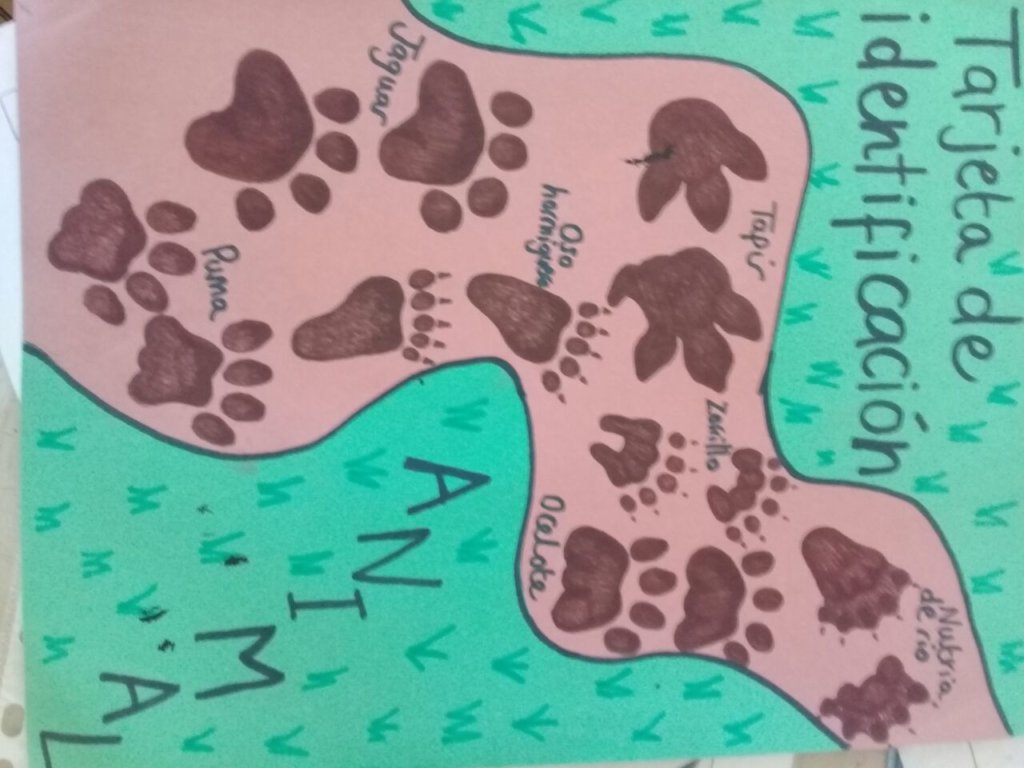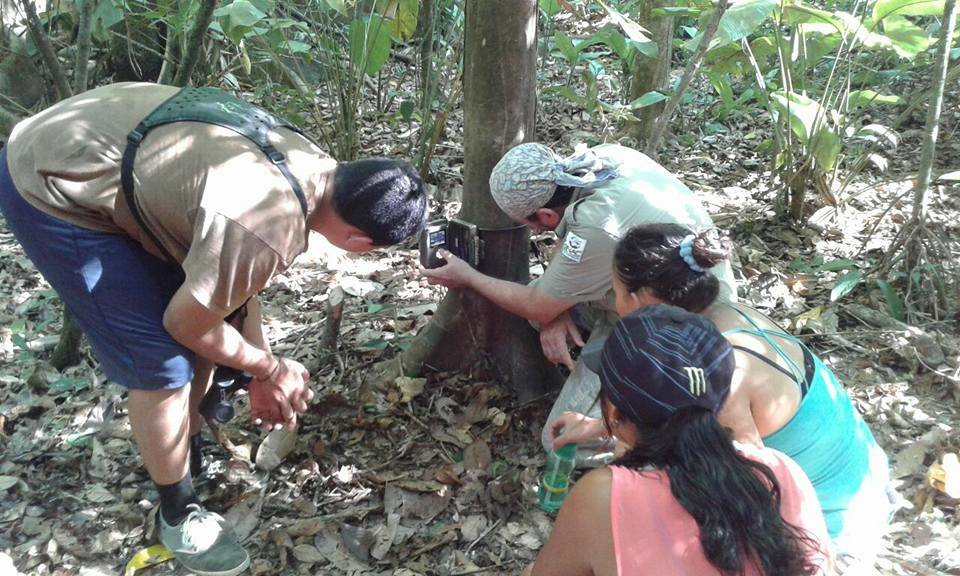By Alejandra Monge | Executive Director
Many people come to Osa in search of the rainforest and all its beauty. But let’s be honest, we all hope that we leave with a sight of the elusive Jaguar. Instead, most tourist leave with wonderful memories of monkeys, tamanduas, sloths, macaws and toucans. Not bad for a vacation at all.
I remember hanging out with a friend in the Carate area and spending the night on the side of a river in hopes that we could see a Jaguar. Later, after working in conservation for two decades in this area, I have come to the conclusion that, although we never saw it, the jaguar was probably watching us all the time. Although we are always hoping to find a jaguar, we are happy that we can see healthy populations of other species, which lead us to think that the ecosystem is healthy.
According to a Yale study “Scientists have recently begun to understand the vital role played by top predators in ecosystems and the profound impacts that occur when those predators are wiped out. Now, researchers are citing new evidence that shows the importance of lions, wolves, sharks, and other creatures at the top of the food chain”[i].
Unfortunately, this is changing. Jaguars and pumas in the Osa Peninsula have become scarcer every year. According to some studies performed by fellow local conservationists, there are only 20 jaguars in the area. Authorities believe that they are hunted for their fur or killed by local communities. Local people fear that a jaguar or a puma could kill their pets, their cattle, or even their kids. Fear and profit has jeopardized the survival of felines in the Osa Peninsula and in the country.
Helena, our environmental educator and our volunteers have been working in schools and with the environmental groups promoting the understanding and the conservation of felines and their ecosystems. Children are learning to recognize footprints of different animals. They are also learning about their behavior and their role on the ecosystems. In search of the elusive jaguar, these children suggested that we could organize a field trip through Corcovado National Park and we did. But we were unsuccessful in finding the jaguar. They were disappointed, but they also realized who special these predators are.By learning about their importance and their role, we hope that these children will be able to defend these beautiful animals from ignorance and greed. “In the end, we will conserve only what we love; we will love only what we understand, and we will understand only what we are taught.” Baba Dioum
Our environmental education program has been generating awareness to hundreds of kids every year, since 2003. This program is important not only because it is teaching this new generation to love nature, but because it is empowering children to become the future leaders of their communities. Children that have participated in the program have shown amazing progress in their lives. They have shown more interest on completing their high school and on following a career path or in becoming entrepreneurs, something unthinkable for their parents.
We are very grateful for your support! You have made all these and more possible by trusting our organization. Consider making a monthly donation to help us plan and maintain our programs active.
Thank you again for your support and please allow me to remind you of some of the things that we achieved together:
[i] https://e360.yale.edu/features/the_crucial_role_of_predators_a_new_perspective_on_ecology
Links:
Project reports on GlobalGiving are posted directly to globalgiving.org by Project Leaders as they are completed, generally every 3-4 months. To protect the integrity of these documents, GlobalGiving does not alter them; therefore you may find some language or formatting issues.
If you donate to this project or have donated to this project, you can receive an email when this project posts a report. You can also subscribe for reports without donating.
Support this important cause by creating a personalized fundraising page.
Start a Fundraiser
